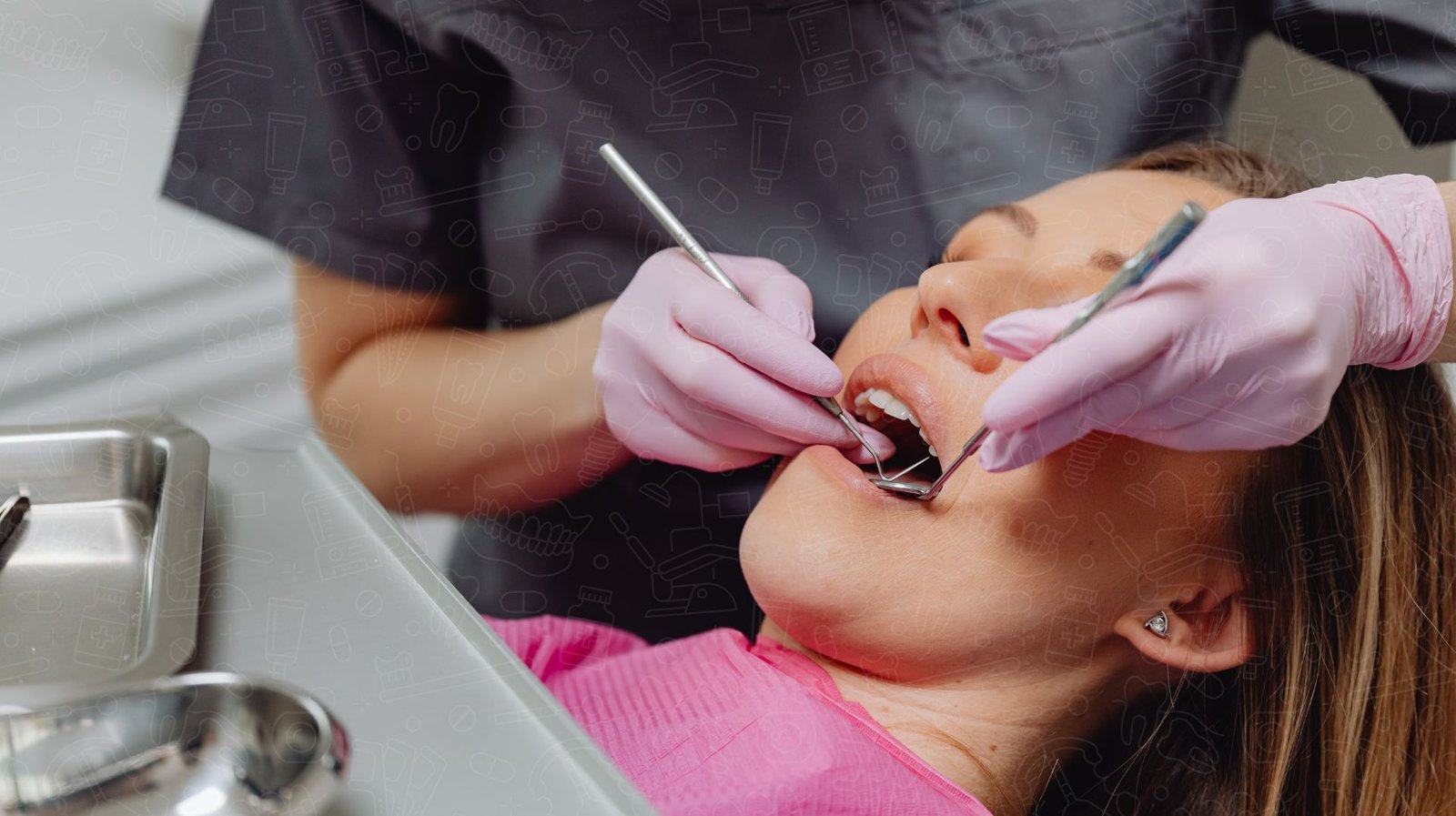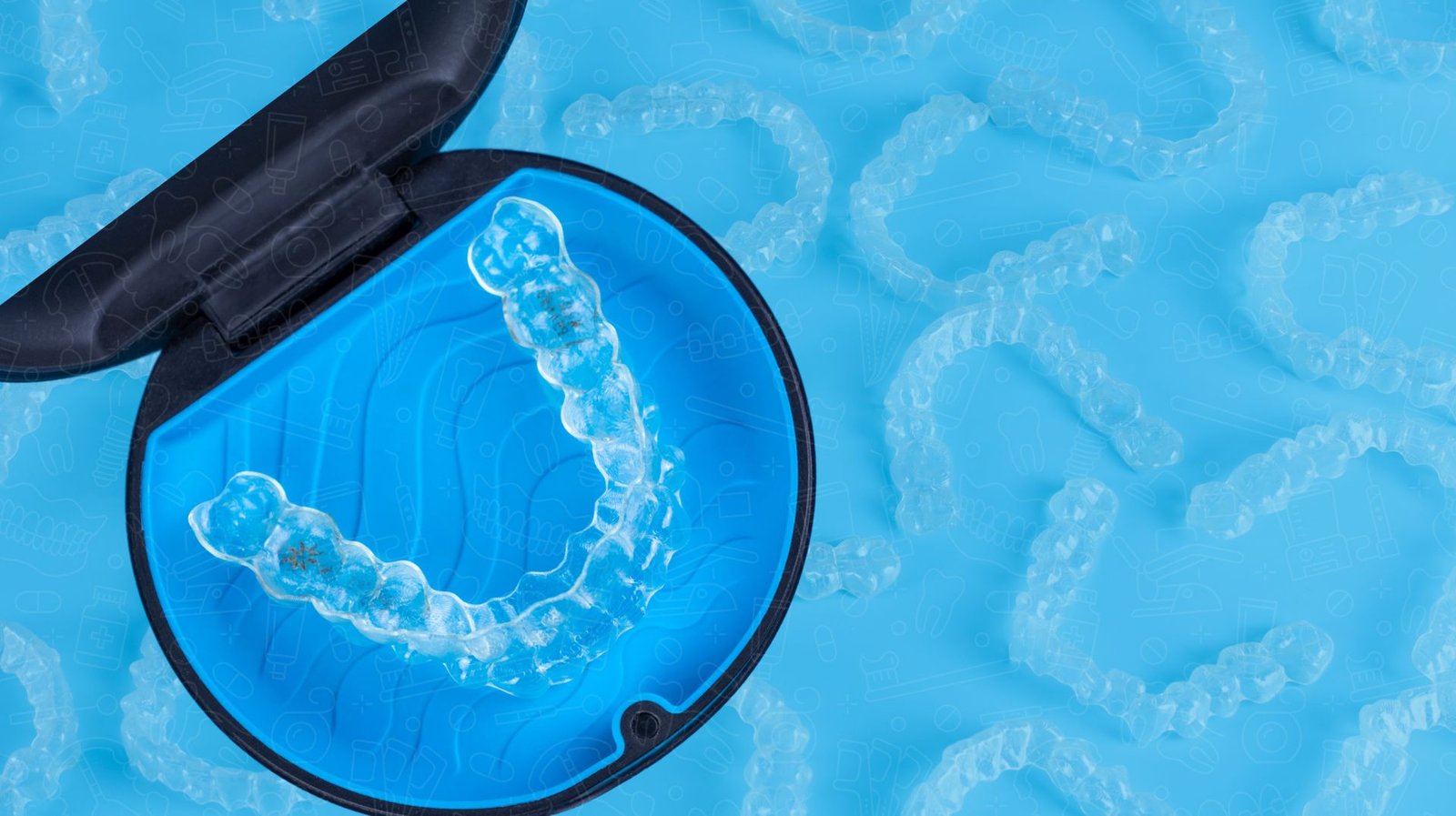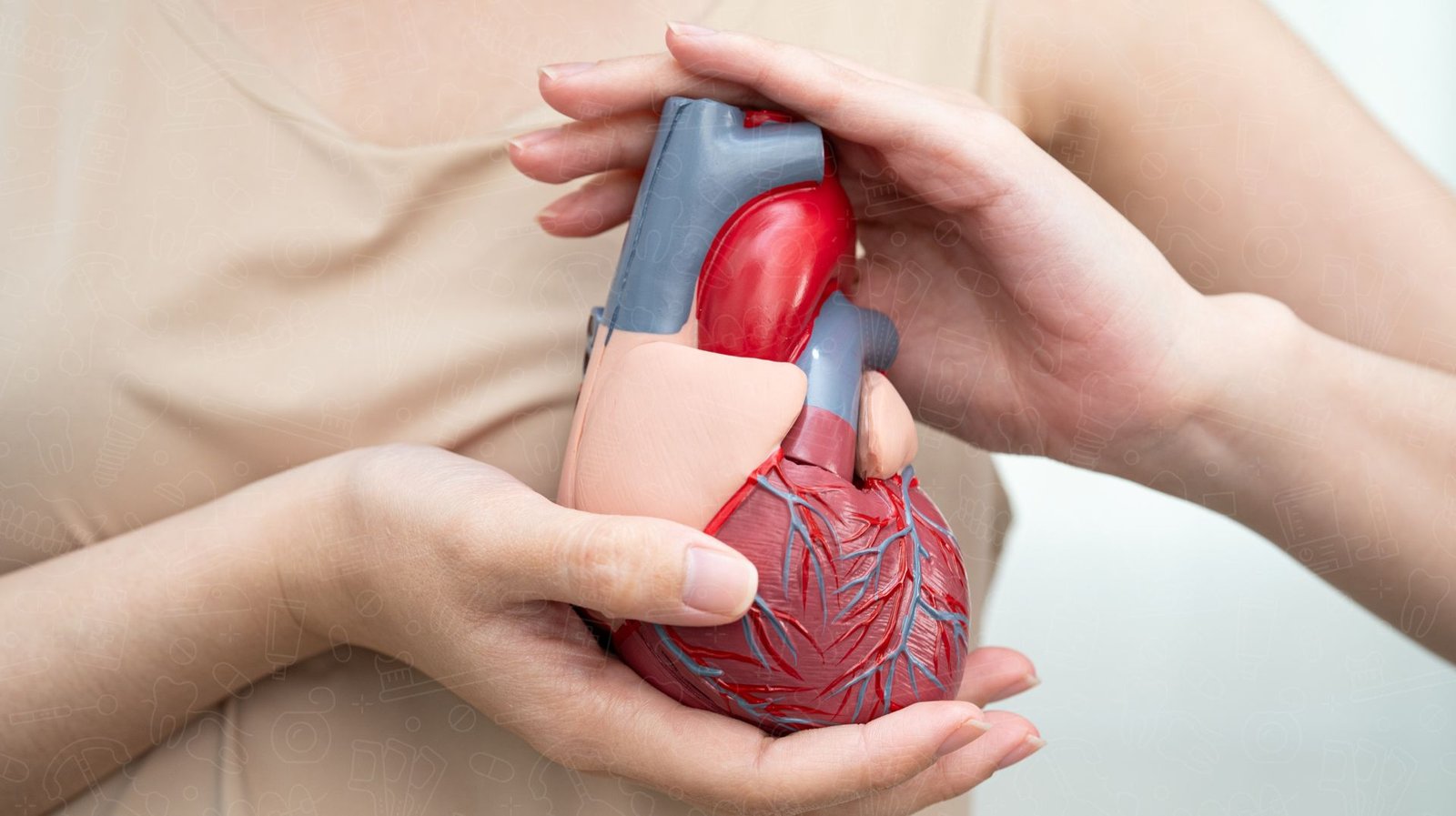I. Introduction
Overview of Wisdom Tooth Extraction Recovery Tips
Wisdom tooth extraction is a common oral surgery procedure performed to remove one or more of the third molars, commonly known as wisdom teeth. These teeth typically erupt during the late teenage years or early twenties, but they often do not have enough space to grow properly. As a result, they can become impacted, leading to pain, infection, or damage to adjacent teeth. Wisdom tooth removal is recommended to alleviate these issues and prevent potential complications.
Common Reasons for Wisdom Tooth Removal
There are several reasons why wisdom tooth extraction may be necessary, including:
- Impaction: When a wisdom tooth is trapped beneath the gum or bone, it can cause pain, swelling, and infection.
- Crowding: Wisdom teeth can push against other teeth, leading to misalignment or crowding.
- Decay or Gum Disease: Due to their location, wisdom teeth are often difficult to clean, making them prone to cavities and gum disease.
- Cysts or Tumors: Rarely, wisdom teeth can develop cysts or tumors that can damage the surrounding bone or teeth.
Importance of Proper Recovery for Optimal Healing
Following wisdom tooth extraction, proper recovery is essential to promote healing, minimize discomfort, and prevent complications such as dry socket or infection. Taking the right steps during the recovery period can make a significant difference in the speed and quality of healing.
Purpose of the Topic: Providing Essential Wisdom Tooth Extraction Recovery Tips for a Faster, Safer Healing Process
This guide provides comprehensive wisdom tooth extraction recovery tips to ensure a smoother, safer, and faster healing process. By following these recommendations, you can reduce pain, prevent complications, and achieve optimal recovery outcomes.
II. Understanding the Wisdom Tooth Extraction Recovery Tips and Procedure
What to Expect During Wisdom Teeth Removal Recovery Tips
Wisdom tooth extraction can be a simple or complex procedure, depending on the position and condition of the tooth. The dentist or oral surgeon will assess the tooth and create a treatment plan to ensure a safe extraction.
Types of Extractions: Simple vs. Surgical
- Simple Extraction: Performed on wisdom teeth that have fully erupted. The tooth is loosened and removed using dental instruments.
- Surgical Extraction: Necessary for impacted teeth. The surgeon makes an incision in the gum, removes any bone blocking the tooth, and then extracts the tooth in sections if needed.
Use of Local or General Anesthesia
Depending on the complexity of the extraction and patient preference, local anesthesia, sedation, or general anesthesia may be used to minimize discomfort during the procedure.
Common Post-Extraction Symptoms
After wisdom tooth extraction, it is normal to experience:
- Swelling: Typically peaks 24-48 hours after surgery.
- Bleeding: Minor bleeding is expected and can be controlled with gauze.
- Pain or Discomfort: Pain is common during the first few days and can be managed with medication and home care.
- Bruising or Stiffness: Mild bruising around the extraction site or jaw stiffness may occur.
Typical Recovery Timeline
Most patients recover from wisdom tooth extraction within 7-10 days. Initial swelling and pain usually subside within the first week, while complete healing of the extraction site may take several weeks.
III. Immediate Post Wisdom Tooth Extraction Recovery Tips
Managing Bleeding and Swelling
- Using Gauze to Control Bleeding: Bite down gently on a piece of sterile gauze for 30-60 minutes to control bleeding. Change the gauze as needed until the bleeding stops.
- Applying Ice Packs to Reduce Swelling: Apply ice packs to the cheeks in 20-minute intervals during the first 24 hours to minimize swelling.
Pain Management
- Over-the-Counter and Prescription Pain Medications: Use medications as prescribed by your dentist or oral surgeon to manage pain.
- Home Remedies for Pain Relief (Saltwater Rinse, Cold Compress): After the first 24 hours, rinse with warm saltwater to reduce inflammation. Continue using cold compresses for pain relief as needed.
Handling Nausea and Dizziness
- Resting and Hydration Tips: Rest as much as possible and stay hydrated by sipping water slowly.
- What to Do If Nausea Persists: If you experience nausea, avoid heavy meals and drink clear liquids. Contact your dentist if nausea continues.
IV. Best Wisdom Tooth Extraction Recovery Tips for the First 24-48 Hours After Extraction
Rest and Avoiding Physical Activity
Rest is crucial during the initial recovery period. Avoid strenuous activities and keep your head elevated to minimize swelling and bleeding.
Proper Head Elevation
Sleep with your head propped up using pillows to prevent blood flow to the extraction site, which can cause increased swelling.
Dietary Recommendations
- Foods to Eat: Stick to soft, cool foods such as yogurt, applesauce, mashed potatoes, and smoothies.
- Foods to Avoid: Steer clear of crunchy, spicy, or hot foods that could irritate the extraction site.
V. Oral Hygiene During Wisdom Tooth Extraction Recovery Tips
How to Maintain Oral Hygiene Without Disrupting Healing
- Gentle Brushing Techniques: Brush gently, avoiding the extraction area for the first few days.
- Using a Saltwater Rinse: Rinse your mouth with a warm saltwater solution after meals to keep the area clean and prevent infection.
Avoiding Mouthwash and Alcohol-Based Products
Do not use alcohol-based mouthwash, as it can irritate the healing tissue. Stick to saltwater rinses or dentist-recommended solutions.
VI. Avoiding Dry Socket: Key Wisdom Tooth Extraction Recovery Tips
What is Dry Socket and How Does It Occur?
Dry socket occurs when the blood clot at the extraction site becomes dislodged, exposing the underlying bone and nerves. This can cause severe pain and delay healing.
Causes and Symptoms of Dry Socket
Dry socket is often caused by smoking, using straws, or rinsing/spitting forcefully. Symptoms include severe pain, bad breath, and visible bone in the socket.
Tips to Prevent Dry Socket
- Avoid smoking, using straws, or spitting vigorously for at least a week.
- Follow all post-operative instructions provided by your dentist.
VII. Pain and Swelling Management Throughout the Recovery Period
Using Ice Packs and Cold Compresses
Apply ice packs for 15-20 minutes at a time during the first 48 hours, then transition to warm compresses to reduce stiffness.
Pain Medication Schedule
Follow your prescribed pain medication schedule to stay ahead of pain. You can supplement with natural remedies like herbal teas or essential oils.
VIII. Wisdom Tooth Extraction Recovery Tips for Eating and Drinking After the Procedure
Safe Foods to Eat During Recovery
Stick to a diet of soft foods like yogurt, applesauce, mashed potatoes, scrambled eggs, and smoothies.
Foods and Drinks to Avoid
Avoid hard, crunchy, spicy, or acidic foods that can irritate the extraction site. Refrain from drinking through a straw, as the suction can dislodge the blood clot.
IX. Monitoring the Healing Process
Signs of Normal Healing vs. Complications
Normal healing includes reduced pain and swelling over time, while complications may include severe pain, excessive bleeding, or pus around the extraction site.
Recognizing Signs of Infection
Watch for redness, fever, persistent pain, or a foul taste, and contact your dentist if these symptoms occur.
X. When to Resume Normal Activities
Guidelines for Returning to Work or School
Take 1-3 days off from work or school, depending on the severity of the extraction. Avoid strenuous activities until fully healed.
XI. Long-Term Wisdom Tooth Extraction Recovery Tips
Protecting the Healing Area
Avoid hard or sharp foods until the area is fully healed. Continue maintaining good oral hygiene and attend follow-up appointments.
XII. Conclusion
Proper care and attention during recovery can ensure a smooth healing process. Follow your dentist’s instructions and take the recommended wisdom tooth extraction recovery tips for a quick and safe recovery. By adhering to these wisdom tooth extraction recovery tips, you can minimize discomfort and promote optimal healing.
If you experience any unusual symptoms or concerns, schedule a follow-up appointment with your dentist to ensure everything is healing as expected.





